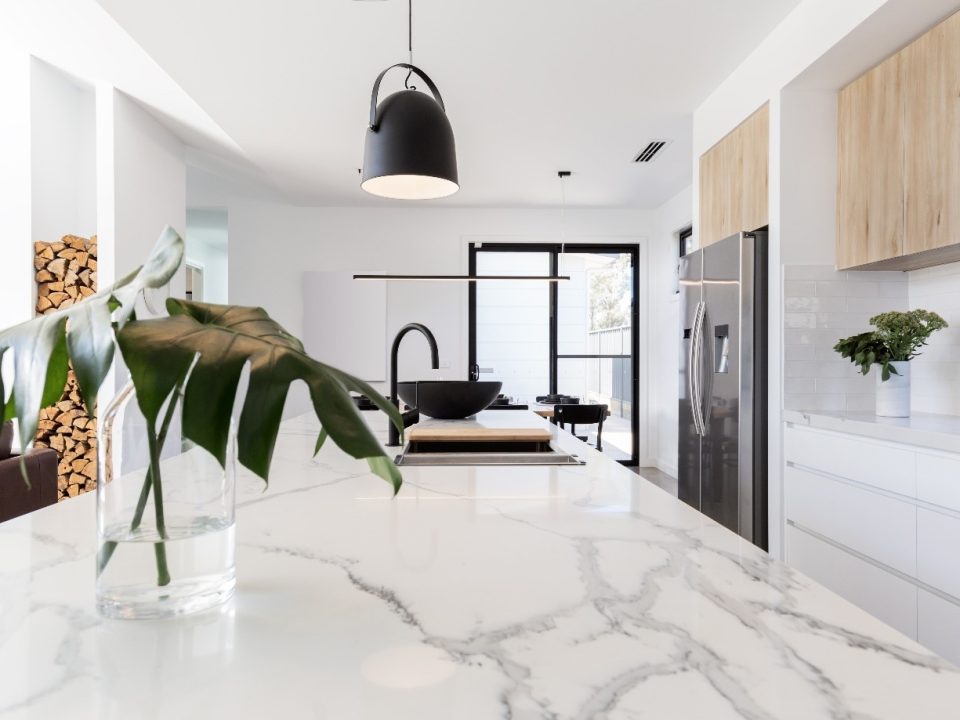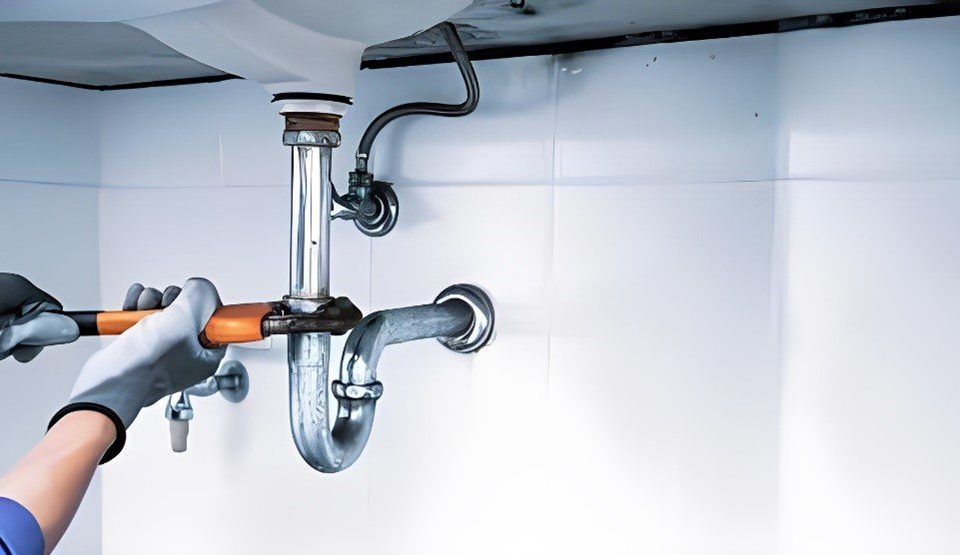Tips To Create The Perfect Master Bath
May 21, 2014The window you choose makes a big difference [Infographic]
May 29, 2014
Fortunately, apart from the introduction of the highly efficient and economical gas hot water systems, there are several proven ways you can dramatically reduce your water heater energy consumption.
Listed below are some practical energy-saving tips to get you off to a good start.
- Reduce hot water usage.
If there are 4 of you in the family and you shower for at least 5 minutes daily, you will end up consuming approximately 700 gallons of water per week. If you do the math, that’s already a 3-year supply of drinking water for one individual! Fortunately, there are other ways to reduce your water consumption apart from not staying in the shower for too long. For starters, you can look into installing faucet aerators and low-flow showerheads to help reduce your consumption by as much as 25 to 60 percent. As an added bonus, you can end up saving on your water bill, too! Furthermore, the simple installation of the aforementioned basic fixtures can help save up to 14,000 gallons of water annually.
- Ensure exposed hot-water pipes are insulated.
When you insulate your hot water pipes, it will mean water will be 2 to 4 degrees warmer when it gets to the faucet. This spares you from having to wait for too long for it to heat up. On the brighter side, you will also end up saving water, energy and money. While oftentimes seen as a cost-effective DIY job, slipping self-sealing sleeves over your pipes can be time-consuming. However, it is deemed by many as a highly effective way to dramatically cut down your water heater energy consumption.
- Keep your tanks sediment-free.
Build-up of sediment in the tank is one of the common reasons known to reduce water heater efficiency. That being said, it makes saving on energy difficult, if not impossible. Fortunately, keeping the tank free from sediment is straightforward and easy. Start by turning off the water and setting the burner to ‘pilot’. Then proceed by connecting a garden hose to the spigot located at the tank’s base. Start the water flowing by lifting the pressure-relief valve and turning off the spigot of the tank. Also, it is reassuring to know draining does not have to be done often. Once or twice annually will do the trick.
- Reduce your tank’s thermostat
While it’s not common knowledge, you will end up saving at least 3 to 5 percent on your energy bill every time you turn your tank’s thermostat 10 degrees down. In most instances, water heaters have a preset setting of 140 degrees. Ideally, however, the recommended setting for most households is just 120 degrees. If you happen to own a water heater that does not come with a numbered gauge, the midway between the ‘low’ and ‘medium’ marks is often considered the ideal setting.
Undoubtedly, waging a war against water heater energy consumption can be tough. Fortunately, if you apply any or all of the abovementioned practical tips, then you have a higher chance of winning the battle.









